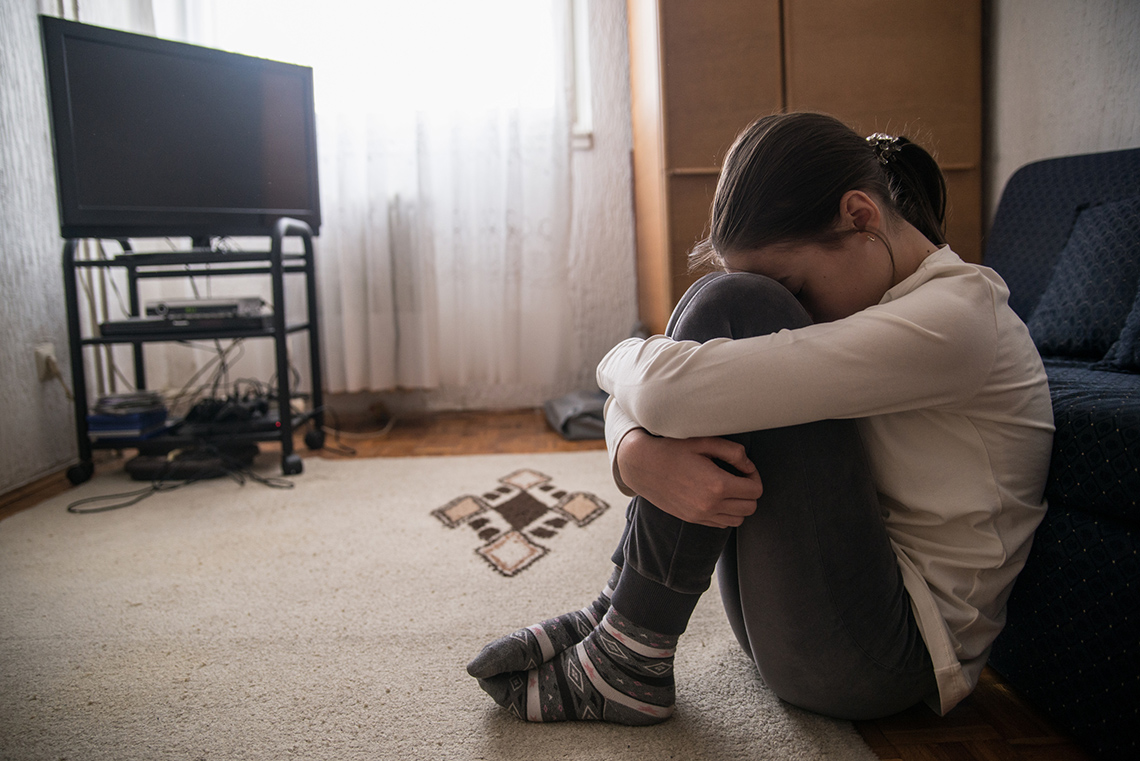Minds On
Warning signs

Addiction is a brain disease that causes an individual to continue to misuse substances that are harmful even when they are aware of the consequences to themselves and others.
The following is scale of addiction, provided by the Royal Canadian Mounted Police, which identifies the five stages involved in addictive behaviours.
Complete the following activity. For each level of addiction, select the corresponding characteristics.
Action
Personal and societal consequences

There are many ways addictive behaviours associated with substance abuse can impact our society.
Some of these ways include:
- increased emergency room visits for those involved with substance abuse
- increased criminal behaviour within the community
- the funding of assistive programs
These examples do not take into consideration the personal and mental health struggles that people experience when interacting with loved ones affected by addiction.
Dealing with the challenging behaviours of addicts (someone who exhibits a compulsive physiological or psychological need for a substance) can be extremely stressful and can often have severe consequences on valued relationships.
Identify possible consequences that substance abuse, addictions, and related behaviours may have on oneself (personal) and on those around them (societal). If needed, you can return to the chart in the Minds On section for support.
Complete the Possible Consequences of Substance Addiction in your notebook or using the following fillable and printable document. You can also use another method of your choice to record your ideas.
| Possible Consequences | ||
|---|---|---|
| Personal | Societal | |
| Family | e.g., family members may experience emotional damage when dealing with a family member who is an addict | e.g., family members may experience damage to their reputation, or be viewed negatively by others |
| Relationship with friends | ||
| School (or neighbourhood) | ||
| Health (physical and emotional) | e.g., physical damage to body and organs (lungs, teeth, heart) | e.g., potential loss of respect from others in the community) |
| Financial | ||
| Legal | ||
Press the ‘Activity’ button to access the Possible Consequences of Substance Addiction.
Underage drinking
One example of potential addictive behaviour that impacts young people is underage drinking.
Personal harm
Underage drinking can be harmful to the person doing it because it can lead to legal charges and physical, mental, and emotional harm. Intoxication can also lead to taking more risks, which can result in injury or death. It is also associated with violence in relationships, which causes harm to others. Underage drinkers also risk losing the trust of their peers, parents, and other adults.
Societal harm
Alcohol poisoning can be fatal. Underage drinking can be harmful to the community because of the personal injuries or property damage that can result from actions or behaviour associated with impaired judgement, including car crashes.
Check your learning!
Consolidation
Next steps

Effectively addressing and identifying the causes of addictive behaviours within society is an ongoing concern.
Society is impacted by substance abuse and addiction. It may affect productivity, crime, violence, and homelessness. Some of the causes of addiction in society include early exposure of substances to youth, mental illness, trauma, increased stress, and genetics.
If you were the mayor of a city or town, what might you do to attempt to limit or reduce addiction and its impacts in your communities?
Using the information from this learning activity, create an action plan that addresses some of the causes and impacts of addiction.
Record your plan using a method of your choice.
Use the following checklist as a guide to ensure you include all the information needed in your action plan.
Checklist
Press ‘Example’ to access a sample action plan.
| Sample Action Plan | |
|---|---|
|
|
|
|
|
|
|
|
|
|
|
|
Reflection
As you read the following descriptions, select the one that best describes your current understanding of the learning in this activity. Press the corresponding button once you have made your choice.
I feel...
Now, expand on your ideas by recording your thoughts using a voice recorder, speech-to-text, or writing tool.
When you review your notes on this learning activity later, reflect on whether you would select a different description based on your further review of the material in this learning activity.